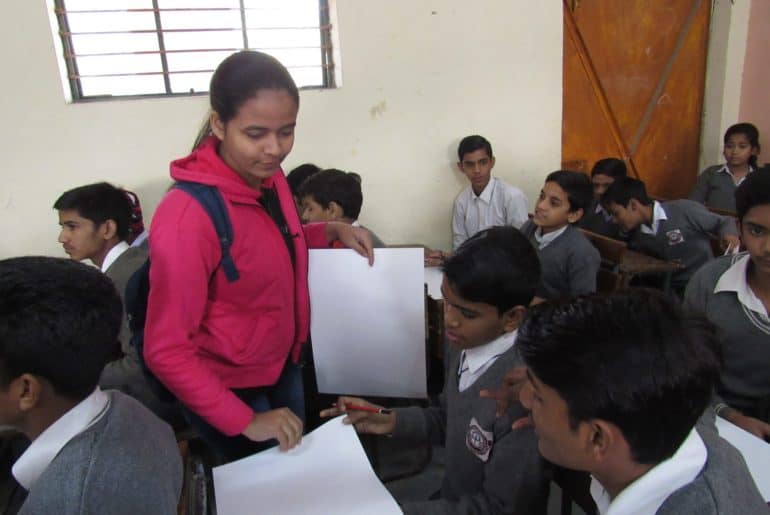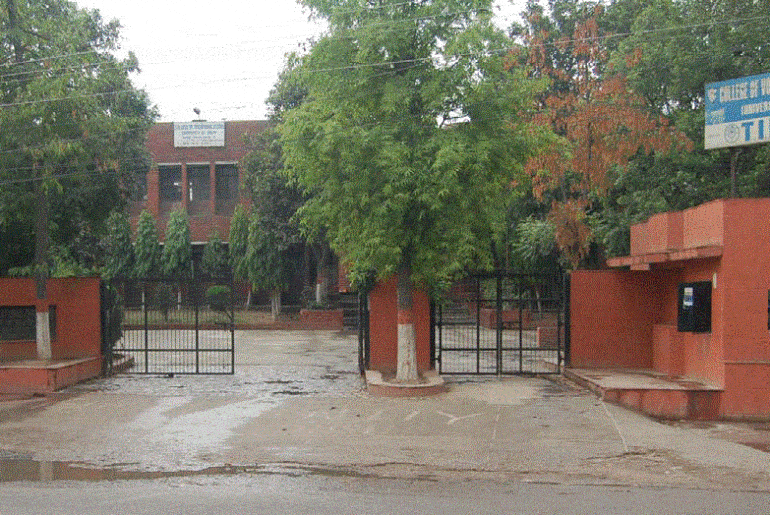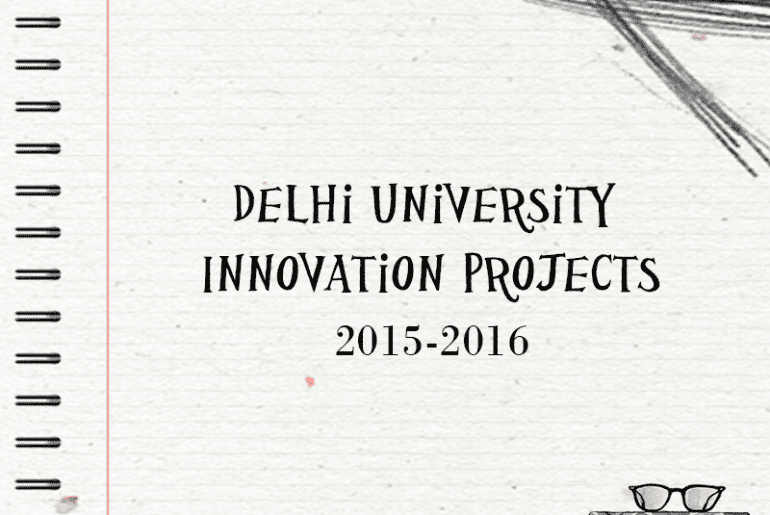Project Title: Unbeatable Air Pollution in Delhi
Principle Investigators
1. Dr.D.K. Mallick, Sr.Assistant Professor, Department of Botany
2. Dr.Aparna Nautiyal, Assistant Professor, Department of Botany
3. Dr.Aparna Shekhar, Assistant Professor, Department of Chemistry
Mentor
Dr. Chirashree Ghosh, Associate Professor, Department of Environmental Studies, University of Delhi
Student Members
Ambikeya Sharma, Ashutosh Sharma, Nima Sunny, Payal Shaw, Priyanka Sharma, Tanujeet Ghosh, Sangraj, Vrashti Goel, Sharad Negi, Vikas Kumar
Deshbandhu College was awarded 12 innovation projects under DU Innovation Project Scheme 2015-2016. Each project has 10 undergraduate students of Deshbandhu College working under 3 faculty members and one external mentor. The projects provided the students from different backgrounds and discipline a space to explore new things, work in a team, develop confidence, experiment with innovative ideas and broaden their horizons beyond the classrooms and curriculum.
Urban air pollution is a serious problem in both developed and developing countries. As a rapidly expanding center of government, trade, commerce and industry, Delhi, being the capital of India has been facing many air pollution related problems and has also been ranked the most polluted city in the world. Regular checking of the tolerance of the existing tree species with respect to pollution and plantations of such more tolerant species is supposed to have a marked effect on various aspects of the air quality of urban environment and cleanliness of life in a city.
The Project DBC-311 entitled Unbeatable Air Pollution in Delhi: Trees for Rescue is a comparative study of different plant species to combat rising pollution in Delhi. The Air Pollution Tolerance Index(APTI) of the plants needs to be monitored and checked for the predominant species that are located in this city. The research takes into account the ATPI value of 4 tolerant species, each of which are planted in the 4 distinct areas- R.K. Puram, Deer Park, Okhla and Nehru Palace, which are being used for the green belt planning, plant five samples of different species at these sites and after a certain period of time visit them again to analyze the amount of chlorophyll deducted during this time period as a result of increasing pollution.
The research shows that apart from the beauty provided by them, the trees also play a major role in detoxification of the polluted air. Also, the study of different land use site will help in making the city comparatively cleaner. In order to understand the effect of air pollution on plants and the adaption mechanisms of plants and the adaptation mechanisms of plants under stress conditions, present study is based on the idea of integration of two departments, viz., Botany and Chemistry to examine the impact of air pollution on a few commonly occurring tree species of Delhi.
The project was started in September 2015 and half the project has been done till March 2016 and yet more investigation is going on. The outcome of this project will generate further understanding about how efficient the existing plant species in the city are to combat the rising air pollution, so that strategies can be formulated and implemented not only to protect the existing species but also to look for more tolerant species to be planted. Different sites within Delhi have been surveyed for selected plant species to find out the effect of rising pollution in Delhi over the years.
Shreya Srivastava






